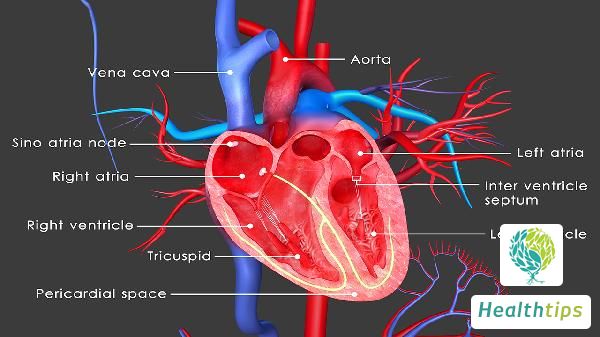Is Sinus Rhythm a Sign of Good Health?
Normal Sinus Rhythm

Sinus rhythm, regarded as normal, is the natural pattern of heartbeats that originates from the sinoatrial node (SA node) of the heart. The frequency of these heartbeats typically ranges between 60 and 100 beats per minute. This rhythm arises from the coordinated contraction and relaxation of cardiac muscles, serving as the foundation for maintaining the heart's regular pumping function.
The human body possesses a specialized structure known as the cardiac conduction system, which comprises specialized cardiac muscle cells. This system encompasses the SA node, internodal tracts, the atrioventricular (AV) node region, the bundle of His, the right and left bundle branches, and Purkinje fibers. Located at the top of the right atrium, the SA node serves as the primary pacemaker of the heart.
Sinus rhythm is characterized by the spontaneous, rhythmic impulses generated by the SA node, making it the standard electrical rhythm of the heart. However, external factors, medications, or structural heart issues can alter the heart's pacemaker site or rhythm, leading to sinus arrhythmias.
Sinus arrhythmias encompass two primary forms: sinus tachycardia, commonly observed during exercise, emotional arousal, or fever; and sinus bradycardia, typically found in healthy individuals, athletes, or patients with certain medical conditions.



















